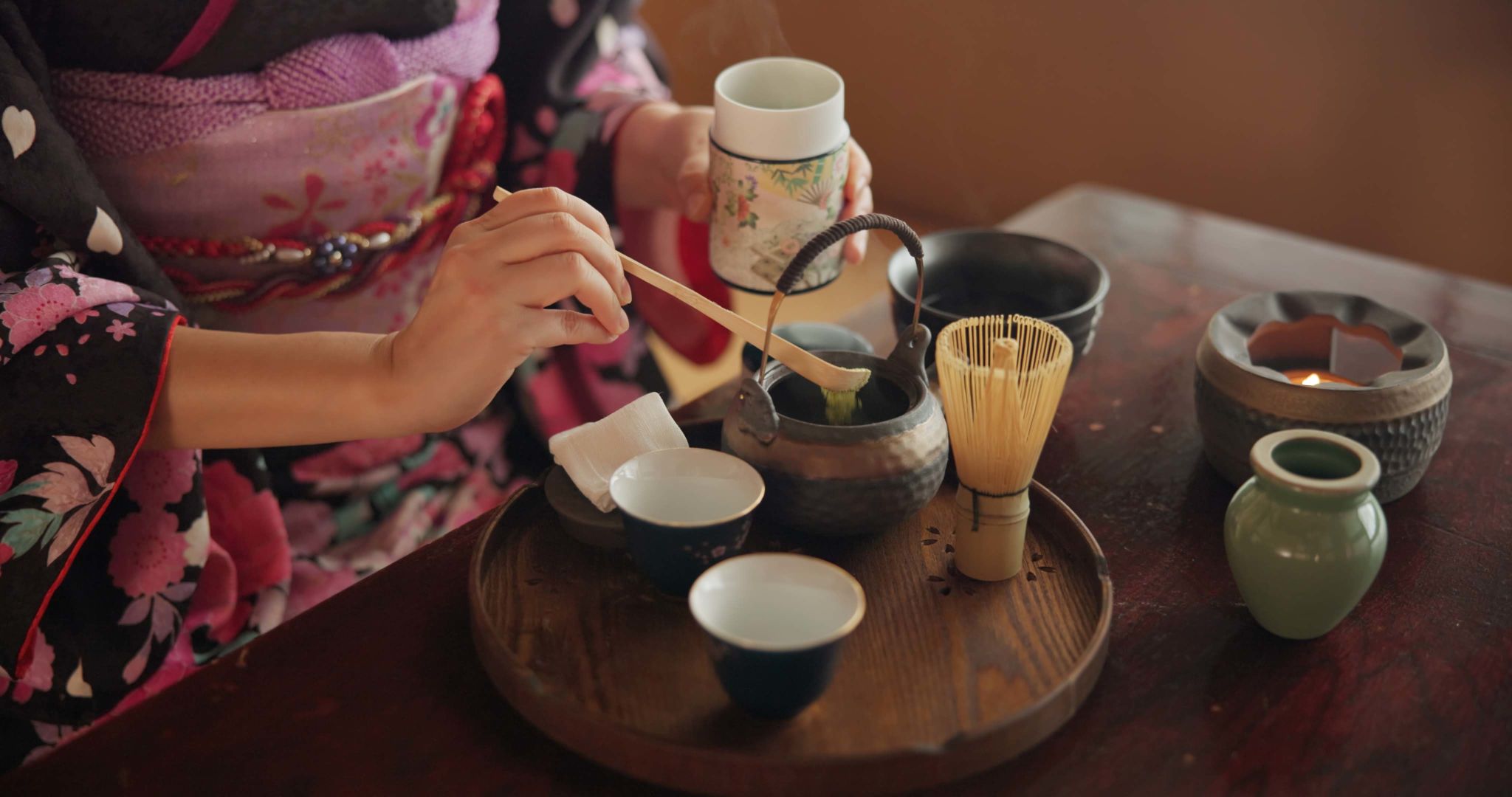Japanese Tea Ceremony Experience: A Cultural Journey in Ehime
Introduction to the Japanese Tea Ceremony
The Japanese tea ceremony, or chanoyu, is more than just a method of preparing and drinking tea. It is a profound cultural practice that embodies harmony, respect, purity, and tranquility. Originating in Japan, this ritualistic ceremony is steeped in history and philosophy, offering participants a unique glimpse into Japanese culture and traditions.

The Significance of the Ceremony
The tea ceremony is a cherished tradition in Japan, reflecting the nation's appreciation for beauty in simplicity and mindfulness. Each aspect of the ceremony—from the selection of utensils to the gestures of the host—carries symbolic meaning. The practice is deeply rooted in Zen Buddhism and aims to bring a sense of peace and spiritual fulfillment to both the host and guests.
The Role of the Host
The host plays a crucial role in the tea ceremony, meticulously preparing every detail to ensure a harmonious experience. This includes selecting the appropriate tea utensils, arranging the tea room, and creating a serene atmosphere. The host's movements are deliberate and graceful, reflecting years of practice and dedication to the art.
Experiencing the Tea Ceremony in Ehime
Ehime, a picturesque prefecture on Japan's Shikoku Island, offers visitors a unique opportunity to experience the traditional Japanese tea ceremony. Known for its stunning landscapes and rich cultural heritage, Ehime provides an ideal setting for this introspective journey.

Participating as a Guest
As a guest in a Japanese tea ceremony, you are encouraged to actively engage with the experience. This involves observing proper etiquette, such as bowing to the host and handling the tea utensils with care. Guests are also invited to appreciate the beauty of the tea room's decor and the subtle flavors of the matcha, or powdered green tea.
- Bow respectfully upon entering and exiting the tea room.
- Admire the carefully chosen decor and floral arrangements.
- Savor each sip of matcha, acknowledging the host's efforts.
The Aesthetic Elements
The tea room itself is a work of art. Its minimalist design is intended to create a peaceful environment where guests can focus on the present moment. Traditional features such as tatami mats, sliding doors, and seasonal flower arrangements contribute to the overall ambiance.

Learning About Tea Utensils
During the ceremony, you will encounter various utensils that play an important role. These include the chawan (tea bowl), chasen (bamboo whisk), chashaku (tea scoop), and natsume (tea caddy). Each item is selected with care, often reflecting the season or theme of the ceremony.
- Chawan: The bowl used for serving matcha.
- Chasen: A bamboo whisk used to mix matcha with water.
- Chashaku: A scoop for transferring matcha from the natsume to the chawan.
- Natsume: A container for holding matcha powder.
A Journey of Reflection
Participating in a Japanese tea ceremony in Ehime is not just about drinking tea; it's an opportunity for reflection and mindfulness. The experience encourages participants to slow down, appreciate the moment, and connect with Japanese culture on a deeper level. This cultural journey leaves a lasting impression, offering insights into a tradition that has been cherished for centuries.
